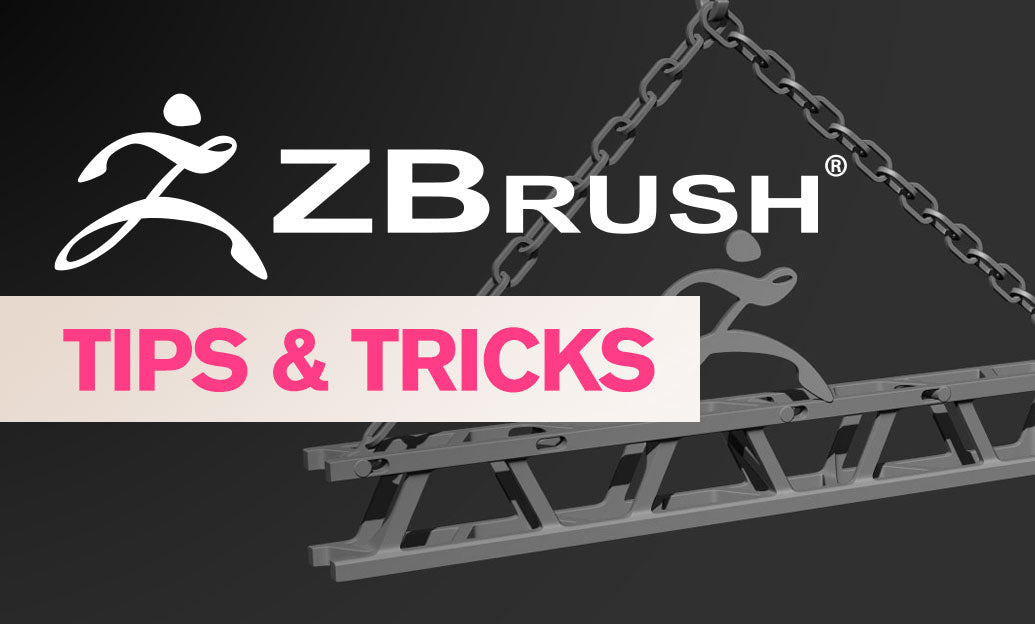Your Cart is Empty
Customer Testimonials
-
"Great customer service. The folks at Novedge were super helpful in navigating a somewhat complicated order including software upgrades and serial numbers in various stages of inactivity. They were friendly and helpful throughout the process.."
Ruben Ruckmark
"Quick & very helpful. We have been using Novedge for years and are very happy with their quick service when we need to make a purchase and excellent support resolving any issues."
Will Woodson
"Scott is the best. He reminds me about subscriptions dates, guides me in the correct direction for updates. He always responds promptly to me. He is literally the reason I continue to work with Novedge and will do so in the future."
Edward Mchugh
"Calvin Lok is “the man”. After my purchase of Sketchup 2021, he called me and provided step-by-step instructions to ease me through difficulties I was having with the setup of my new software."
Mike Borzage
Design Software History: The Transformative Role of Design Software in Revolutionizing Jewelry Design Practices and Innovation
January 26, 2025 5 min read


Introduction to the Impact of Design Software on Jewelry Design Innovation
The jewelry design industry has long been steeped in tradition, with artisans meticulously crafting pieces by hand, drawing inspiration from nature, culture, and the desires of their clientele. Traditional design methods often involved hand-sketching intricate patterns, followed by labor-intensive processes to bring these designs to life. However, the emergence of design software has introduced a transformative force in jewelry design, reshaping how designers conceptualize and produce their creations. This technological evolution has bridged the gap between imagination and realization, allowing for greater precision, efficiency, and innovation. Key companies and software, such as JewelCAD, Rhino, and Matrix, have been at the forefront of this revolution, offering tools that empower designers to push the boundaries of creativity. The integration of design software into jewelry making has not only streamlined the design process but has also opened up new possibilities for customization and intricate detailing that were previously unattainable with traditional methods.
The Evolution of Design Tools in Jewelry Making
The journey of design tools in jewelry making has seen a significant evolution from the reliance on hand-drawn sketches to the adoption of sophisticated computer-aided design (CAD) software. In the late 1980s and early 1990s, the jewelry industry began to witness the early adoption of CAD, marking a pivotal shift in design methodologies. JewelCAD emerged as one of the pioneering software solutions tailored specifically for jewelers, offering a user-friendly interface that allowed designers to create complex models with relative ease. This transition from traditional hand-drawing to digital design enabled jewelers to visualize their concepts in a three-dimensional space, enhancing accuracy in dimensions and proportions.
As the technology advanced, software like Rhino and Matrix played a crucial role in further enhancing design possibilities. These tools introduced advanced 3D modeling techniques, enabling designers to craft intricate and precise models that could be manipulated and modified effortlessly. The advancements in 3D modeling allowed for designs with unprecedented complexity, fostering innovation in patterns, textures, and structures that were challenging to achieve by hand. Moreover, these software solutions provided features such as rendering and simulation, giving designers the ability to present lifelike representations of their jewelry pieces before production.
The influence of technology on design iterations and prototyping cannot be overstated. The ability to rapidly create and adjust designs in a digital environment significantly reduced the time from concept to production. Designers could experiment with different shapes, sizes, and materials without the need for physical prototypes at every stage. This efficiency not only accelerated the design process but also reduced costs associated with material wastage and manual labor. The evolution of design tools has thus been instrumental in propelling the jewelry industry into a new era of creativity and productivity.
Additive Manufacturing and Its Role in Design Innovation
The advent of additive manufacturing, commonly known as 3D printing, has further revolutionized the jewelry design industry. The integration of 3D printing into jewelry manufacturing provided designers with the capability to bring their digital models to life with remarkable precision. Historically, the jewelry market was introduced to 3D printing as a means to create prototypes and molds, but it quickly became apparent that the technology could be used for direct manufacturing of intricate pieces. The combination of CAD software and additive manufacturing allowed for the creation of designs with complex geometries that were previously impossible or extremely difficult to produce using traditional casting methods.
Additive manufacturing complements CAD software by enabling the physical realization of digital designs with exacting detail. This synergy has had a profound impact on the speed, cost, and creativity in jewelry production. Designers can now quickly iterate and prototype designs, reducing the time to market. The cost savings are realized through decreased material waste and the elimination of some labor-intensive steps. Moreover, the creative possibilities are expanded as designers are no longer constrained by the limitations of traditional fabrication techniques.
Software solutions have evolved to support additive manufacturing workflows specifically tailored for jewelry design. Companies like Autodesk have developed tools that integrate seamlessly with 3D printing technologies, providing features such as automatic mesh repair and optimization for printing. Blender and Tinkercad have also become popular among designers for their accessibility and robust feature sets. These software solutions bridge the gap between design and production, ensuring that the digital models are ready for fabrication and that the final products meet the desired specifications.
Influence of Design Software on the Creative Process
Design software has had a significant influence on the creative process in jewelry design, particularly in the realms of customization and personalization. The shift toward customizable consumer experiences is a direct result of software-driven design capabilities. With advanced CAD tools, designers can easily modify existing models or create new designs based on client specifications. This level of flexibility enables the creation of personalized jewelry pieces that cater to individual tastes and preferences, something that is increasingly in demand in today's market.
Software facilitates client collaboration by allowing designers to share realistic renderings and virtual models with customers. Clients can visualize the final product, provide feedback, and request changes, all within the digital realm. This collaborative process enhances customer satisfaction and ensures that the final piece aligns perfectly with the client's vision. Designers leveraging technology for bespoke projects have found great success, as the tools enable them to meet and exceed client expectations while streamlining the design process.
- Enhanced visualization through realistic renderings.
- Efficient communication and collaboration with clients.
- Ability to easily modify designs for personalization.
The educational and industry impact of design software is also profound. Jewelry design education now incorporates CAD and 3D modeling as essential skills. The shift in required skills for modern jewelers includes proficiency in software tools, understanding of additive manufacturing processes, and knowledge of digital workflows. This evolution necessitates continuous learning and adaptation within the industry.
Furthermore, design software has influenced industry trends related to sustainability and material innovation. Digital design processes reduce material waste, as prototypes and molds can be created with precision, minimizing excess. Additionally, designers can experiment with new materials and incorporate sustainable practices by simulating how different materials will behave in the final product. The integration of technology into the creative process has thus not only enhanced design capabilities but also fostered responsible and innovative approaches within the jewelry industry.
Conclusion
The impact of design software on the jewelry design landscape is undeniably significant. It has transformed traditional methodologies, introduced new levels of precision and efficiency, and expanded the creative horizons for designers. The ongoing evolution of design technology promises further innovation, as advancements continue to refine the tools and processes available to jewelry professionals. Looking ahead, continuous development in design software could lead to even more sophisticated capabilities, such as artificial intelligence-driven design suggestions, enhanced virtual reality collaboration with clients, and integration with emerging manufacturing technologies.
The jewelry industry stands at the intersection of tradition and innovation, where the artistry of craftsmanship meets the possibilities of technology. Embracing design software not only preserves the essence of jewelry making but also propels it into the future. The potential for further advancements is vast, and as designers continue to adopt and adapt to new technologies, the industry will undoubtedly witness remarkable transformations in how jewelry is conceived, designed, and brought to life.
Also in Design News

ZBrush Tip: Mastering ZBrush Rotation Tool for Precise Model Adjustments
April 03, 2025 2 min read
Read More
Revit Tip: Enhance Energy Efficiency with Revit Solar Analysis Tools
April 03, 2025 2 min read
Read More
AutoCAD Tip: Optimizing AutoCAD Workflow with Effective Use of Drawing Properties
April 03, 2025 2 min read
Read MoreSubscribe
Sign up to get the latest on sales, new releases and more …


